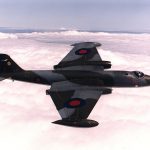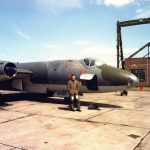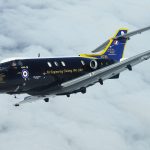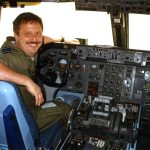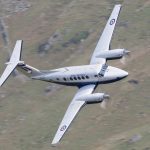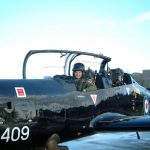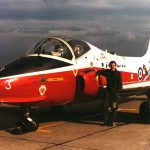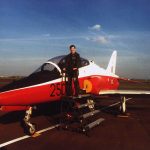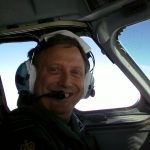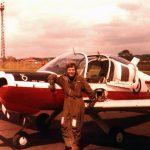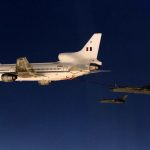A few changes have been made to the standard Seneca V techniques. The new techniques will be included in the next edition of the SOPs and QRH which should be out soon, but until they are, the Head of Training has authorized us to start using them with immediate effect:
- AUTOPILOT In order to ensure that the autopilot is not accidentally engaged for the take off, during the Checks Before Takeoff, the Autopilot should be switched to FD, in no modes selected. Therefore, the correct response to the Autopilot check should be, “FD selected, Ready Mode”.
- FUEL CROSS-FEED TEST When checking the fuel cross-feed function after engine start, each fuel selector should be moved to the transfer position individually to ensure that the CAS annunciator functions correctly for each selection. Finally, both “X Feed” selections should be selected whilst you taxi to the holding point to ensure that fuel really is flowing through the transfer system. Both selectors should be moved back to the “On” position just prior to completing the Power Checks.
- ELECTRIC FUEL PUMPS We need to limit the use of the electric fuel pumps. Therefore, the electric fuel pumps should not be selected during the “Before Take Off” and “Closing Down Checks”. Instead, they will be selected:
- “On” as part of the “Take Off” checks that will be actioned once the aircraft is lined up on the runway.
- “Off” during the “After Take Off” checks, if leaving the visual circuit.
- “On” during the “Initial Approach Checks”.
- “Off” during the “After Landing” checks.
- RPM SELECTION In future, the engine fuel mixture should be selected to “Rich” and Propellers set to “2500 RPM” as part of the “Initial Approach Checks”. During the “Landing Checks” the response to the “Propellers” item is to be “2500 RPM” instead of “MAX”.
- GENERAL HANDLING During GH,
- The Propellers should be set to “2500 RPM” instead of to “MAX” for stalling and UA recoveries. However, “MAX” should be used for asymmetric work as usual.
- Whilst practicing IF using the standby instruments, set 115kts, using 2500 RPM and about 20″ MAP.
- TURBO COOLING Ensure that the engines are allowed to cool for 3 minutes after landing prior to engine shutdown.
- HI-SPEED APPROACHES Hi-speed approaches should be flown at 120 kts with Flap 10° set.
- MFD MODE The MFD should be selected to the Engine page for take off so that engine parameters can be monitored. However, the MFD may be switched to the Map page, so that best traffic and situational awareness can be maintained, once the aircraft is established in the standard cruise climb (usually with cowl flaps closed in the UK climate) and engine parameters have been checked during the After Take Off checks.

